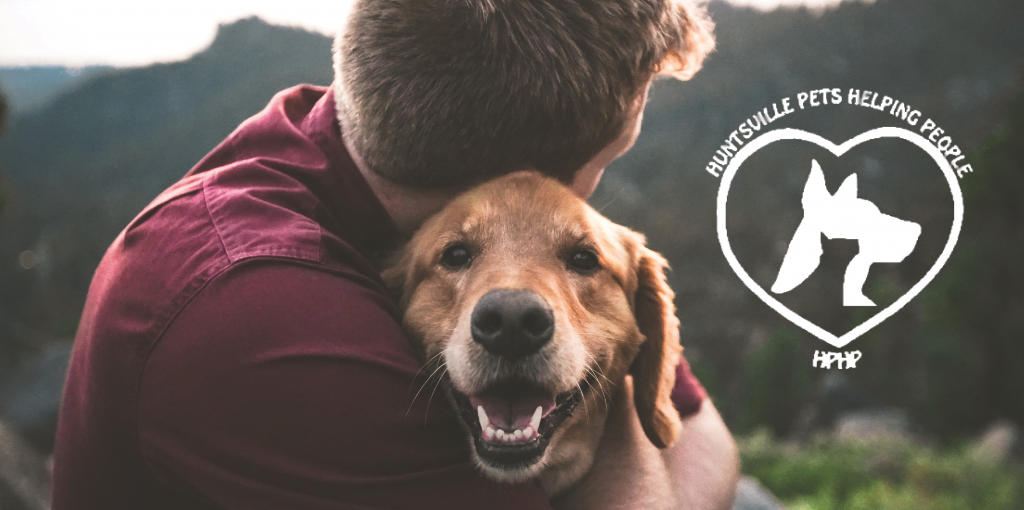Dogs By Design
If you are in a park or out for a neighborhood walk, you will see people walking their dogs. Some of the dogs will be easily recognizable breeds such as Labrador Retriever or Pug. Other dogs may be mixed breeds of indeterminate parentage. Chances are that you may spot a designer dog or two out for some exercise. A modern designer dog is a cross between two purebred dogs in which the parents are known but they are not of the same breed. For example, a Golden Doodle has one parent who is a Golden Retriever and the other is a Poodle.
Designer dogs are nothing new even though they may seem like a recent phenomenon. Humans have lived with domesticated dogs for thousands of years. Early on, man recognized that dogs could assist them on the farm and in hunting. As long as dogs have lived with people, men have selected an individual dog for specific traits (friendliness, work ethic, ability to control cattle, size or other physical characteristics, etc.) and bred them with another dog having similar traits. In other words, people designed dogs for their own purposes. People noticed that some dogs had a real talent for specific tasks. There were dogs who helped men herd pasture animals, some became guardians while others were general farm dogs. Farm dogs pulled carts, guarded the homestead, and eliminated vermin, while herders played a key role in managing pasture animals and driving them to market.
Dogs who were good herders were bred with dogs having similar skills. Most were medium sized agile dogs who were intelligent, independent thinkers, had excellent stamina, and showed the ability to work livestock with minimum human guidance. Over time, those abilities became the standardized traits for the herding breeds. Different breeds became specialists in the various tasks needed for livestock management. There were dogs who were skilled at moving livestock from pasture to pasture while others kept the animals confined to a specific pasture. Other dogs drove the cattle to market and another group of dogs protected the flocks from predators.
Breed specialization took place in many geographic locations. The results were development of Bearded Collie in Scotland, the Old English Sheepdog in Western England, the Polish Lowland Sheepdog in Poland, the Celts propagated the Cardigan Welsh Corgi, the Anatolian Shepherd was developed in Turkey, the Rottweiler and Boxer came from Germany and the Australian Cattle Dog was bred in Australia.
Another group of dogs protected the flocks and herds from predators. The larger and stronger dogs became the guardians of the livestock. Large dogs such as the Great Pyrenees, the Komondor, and the Kuvasas were bred for their white coats so that they would blend in with the sheep and goats as they protected the animals from predators. A similar breed development process took place over diverse areas with the other guardian breeds such as the Bernese Mountain Dog in Switzerland, the Rottweiler and Boxer in Germany, the Great Pyrenees in France and Spain, and the Bullmastiff in England.
Smaller dogs who hung around farmhouses and barns became proficient vermin hunters. The vermin were mostly rats and foxes. People appreciated those skills because, after all, who would not want to reduce the rat population? When not on vermin patrol, they were watchdogs. They were protective of their homes and would warn their families of approaching people and animals. Over time and with man’s intervention, many terrier breeds were developed in England and Scotland. They were the Airedale, Border, Cairn, Dandy Dinmont, Fox, Lakeland, Norfolk, Russell, Sealyham, Scottish, and the West Highland White terriers. That is a large number of terrier breeds developed in a relatively small geographic area. So the conclusion must be that England and Scotland had a tremendous problem with rats and foxes.
A similar process was followed for dogs working with hunters. Dogs became skilled at locating birds (pointers), flushing out flocks of birds (spaniels) or they were skilled at locating downed birds and bringing them back to the hunter (retrievers). Hunting dogs helped people locate or chase down game and retrieved birds or other small mammals for the supper table. Those dogs were used to develop the many hunting breeds that we see today such as the Britany Spaniel, Cocker Spaniel, German Shorthaired Pointer, the Labrador Retriever, and the Golden Retriever.
It is well known that a dog’s scent abilities far exceed those of humans. Dogs with excellent scent abilities were appreciated for their nose work and their different skill sets were noted and developed.
They were bred to create the many hound breeds that are familiar to us. Beagles are a popular hound breed who use their scent abilities to hunt rabbits. Their larger cousin, the Bloodhound, is a talented scent tracker who helps law enforcement personnel locate fleeing criminals, find missing children, and track confused seniors who wander away from home.
The American Kennel Club recognizes nearly 200 different dog breeds. Only a few of the working breeds are referenced above. People recognized the natural skills of some dogs and want to reinforce them so specific breeds were developed to further those skills and traits. The result was the creation of many dog breeds designed by people. Somewhere during the 20th century, dogs lost their jobs as working animals and became predominantly companion animals. Most dogs no longer perform the skills that they were bred to do as they moved from a life primarily lived outside as working dogs to a life of leisure inside our homes as companion animals. However, the change in the dog’s status has done nothing to reduce the number of breeds in existence. If anything, the number of breeds has multiplied as people have designed additional breeds of dogs.
